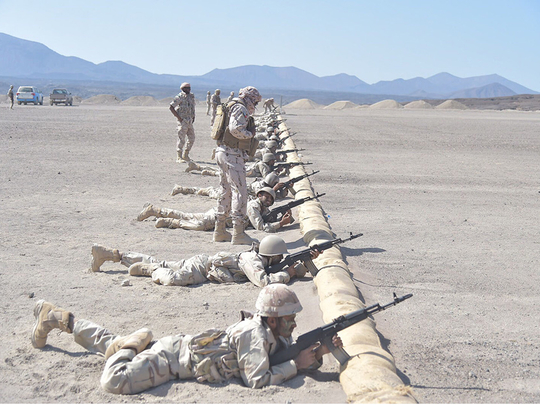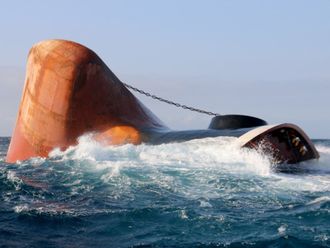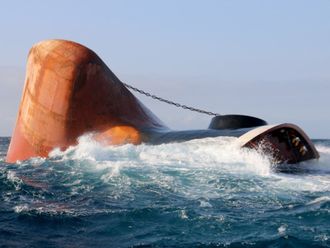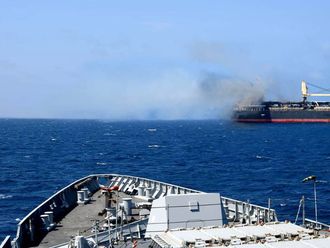
Al Mukalla: Since a Yemeni force trained and funded by the UAE recaptured the southern port of Al Mukalla from Al Qaida fighters a year ago, the Gulf state’s has continued its efforts to consolidate progress.
“I always knew how to handle weapons, but the UAE army taught us military discipline and gave us jobs,” said Ahmad Al Khashaf, a lanky soldier in ill-fitting fatigues who was guarding the port.
Senior UAE military officers say their forces have trained and pay more than 11,000 Yemeni soldiers from Hadramout and 14,000 from Aden and three provinces. Unity is elusive, however.
“In Yemen, a Hadrami will fight only with another Hadrami. It is important to keep it in regional blocs when you build battalions,” said a senior UAE military official, speaking on condition of anonymity.
But the war effort may now take second place to local fervour to revive a southern state, bolstered by the recapture of Aden from Al Houthis by coalition forces in July 2015.
The former South Yemen, which had Aden as its capital, united with North Yemen in 1990 after a brief 1986 war.
Now local forces appear to be prioritising the fight on their front door over those in lands they regard as a foreign country.
“If there is no peace with the north, we will just split away,” Hadramout provincial governor-general Ahmad Bin Bourek said at his heavily guarded residence in Al Mukalla.
In Aden, 480km to the west of Al Mukalla, divisions have already started to mount between Hadi and pro-secession troops.
Street protests have taken place against a decision by Hadi last week to sack Aidaroos Al Zubaidi, a secessionist and the UAE-backed governor of Aden.
UAE officers say the southern offensive has slowed down since it crossed the borders of Taiz province.
“Taiz is part of the north, and southerners would not fight beyond their borders. Taking them there was a big challenge,” one UAE military officer said.
The UAE is a powerful player in the Saudi-led Arab military coalition fighting in a civil war that contains conflicts within conflicts.
The alliance backs President Abd Rabbo Mansour Hadi’s internationally-recognised government, based in Aden, against an Iranian-aligned Al Houthi rebel movement which holds the capital Sana’a.
More than 10,000 people have been killed since March 2015 and the country faces a humanitarian disaster as millions of people go hungry.
Hardline anti-Western groups Al Qaida and Daesh have taken advantage of the chaos to press their own plans.
The capture of Al Mukalla from Al Qaida in April last year was a high point for the UAE — sponsored force.
Lying on the Gulf of Aden, it is the capital of Hadramout province, which contains most of Yemen’s oil resources.
The port once provided Al Qaida with millions of dollars in customs duties before the 30,000-strong force drove them into the nearby mountains.
Twelve months on, a semblance of normality has returned to the dusty, crowded streets although destroyed vehicles left by Al Qaida fighters still lie on the roadsides and nervous young soldiers man checkpoints that suggest the fragility of their military gains.
The UAE concentrated its efforts on building a Yemeni force since it reduced its own troops’ frontline exposure following an Al Houthi missile attack which killed scores of UAE and other Gulf soldiers in eastern Marib province in September 2015.












